Leigh
TPF Noob!
- Joined
- Apr 22, 2007
- Messages
- 83
- Reaction score
- 0
- Location
- Peterborough, Cambs,UK
- Website
- www.visuele.co.uk
- Can others edit my Photos
- Photos OK to edit
I want to buy a macro lens for doing close ups and improving my portraits but honestly havent got a clue where to start.
All help aprreciated.


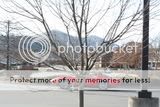
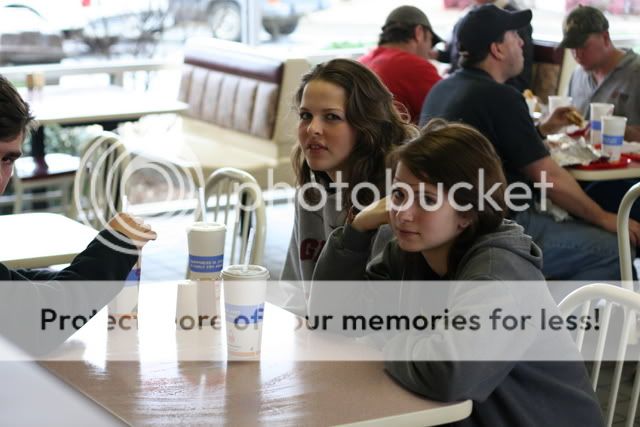
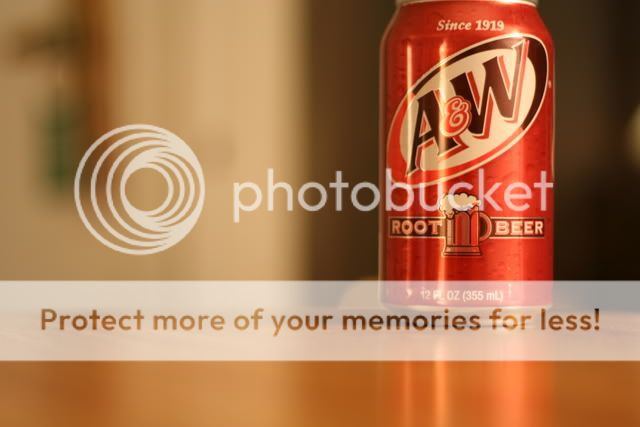



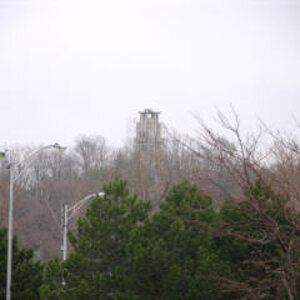

![[No title]](/data/xfmg/thumbnail/36/36679-b3112c1f4841912cbaa9edc11e6852fe.jpg?1619737677)
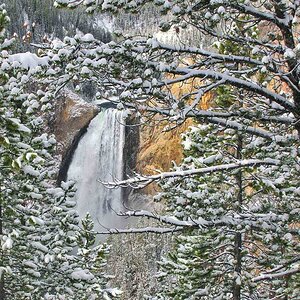
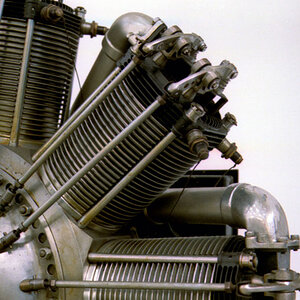
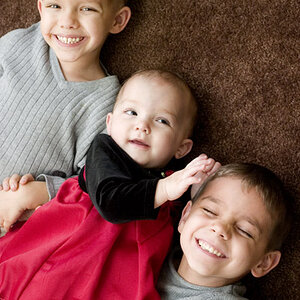
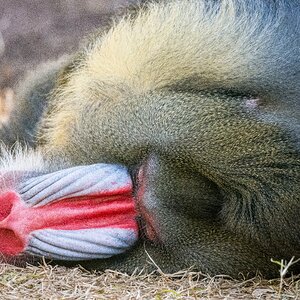
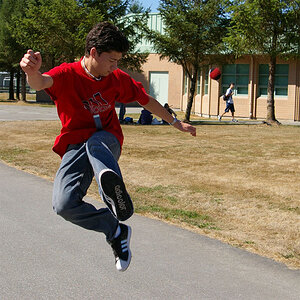
![[No title]](/data/xfmg/thumbnail/42/42277-63576745f84be96df79b94ca0f49e00b.jpg?1619740085)